
Tracing the renaissance of Indian cricket in the new millennium
It is often believed that the world goes through a renaissance before a new era begins. Whether it was the American Revolution or the struggle for Indian independence, the world has witnessed conviction-driven leaders who have brought about a change in the mindset. The same can be attributed to the Indian Team’s success by the triumvirate namely Sourav Ganguly, Mahendra Singh Dhoni and Virat Kohli.
The Ganguly Era – The Beginning
When Indian cricket was marred with match fixing controversies, the biggest challenge was to repose faith in the public’s eye. In came Sourav Ganguly and he along with his efficient compatriots Sachin Tendulkar and Rahul Dravid started an era of redemption. The biggest fillip was the 2000 ICC Knockout Tournament when India ousted Australia in the quarters followed by Ganguly’s decimation of South Africa in the semis.
If not for the brilliance of Chris Cairns in the final against New Zealand, India would have walked home triumphant. This tournament marked a blue print of things to come where the onus was to invest in youth and find the right man for the right job.
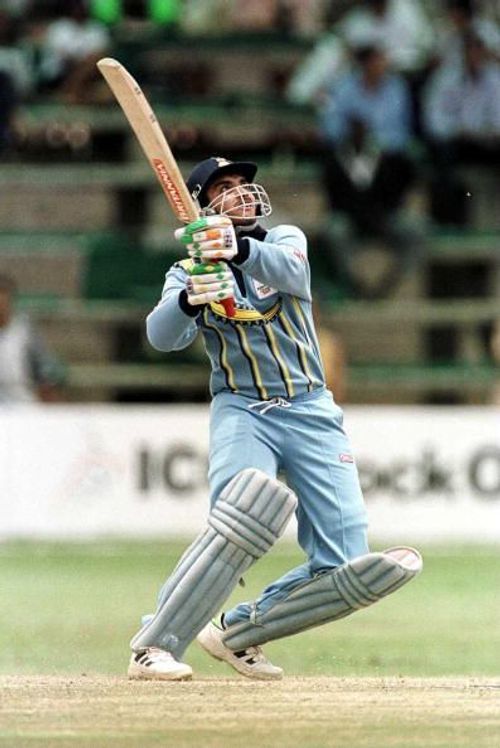
2001 Border-Gavaskar Test series was a classic case of the rejuvenated character of this new Team India, where they defeated Steve Waugh’s all-conquering Australians. VVS Laxman and Harbhajan Singh’s performances were prime examples of Ganguly’s philosophy of investing in youth. His next biggest challenge was to remove the tag of "poor travelers”.
He along with John Wright started to get the jigsaw puzzle together by making Virender Sehwag open in Test Cricket. Zaheer Khan and Ashish Nehra were included to form a potent combination of fast bowling alongside the experienced Javagal Srinath.
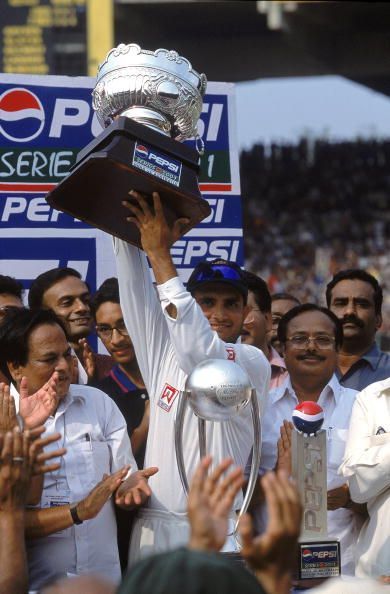
Once India had the right players to do the right job, the sojourns to England in 2002, ICC World Cup in 2003, Australia in 2003-04 followed by a tour to Pakistan in 2004 all proved to be successful. India was able to compete better and were never intimidated by overseas demons called “pace and bounce”. India now had an efficient batting line-up that could handle tough conditions and a bowling attack with a potential to take 20 wickets and a group of fielders with bucket hands to catch almost anything under the sun.
With such a strong set-up, India still lacked the self-belief to close-out crunch games; failed to put up a good show in big finals, as they lacked big match temperament. Time and again, the questions were raised on the players for critically failing to perform well in big matches.
The Dhoni Era – Consolidation
Jagmohan Dalmiya had paved the way for sponsorships. BCCI was getting richer and the world had taken notice of India’s authority in the cricketing economy. When the reach started getting big, cricket traveled to the land of unknowns and unearthed a few gems from the rural landscape. The most influential of this lot was a “Long Haired Marauder” who had acquired the reputation of a hard-hitting wicket-keeper batsman known to smash the ball into smithereens.
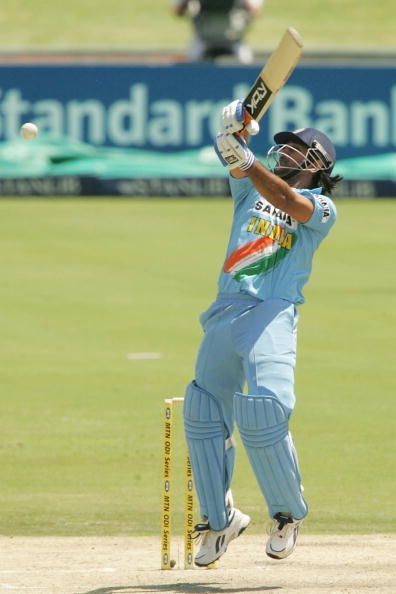
Dhoni played an influential role in his first big opportunity against Pakistan when he motored across to a swashbuckling 148. This innings assured the team’s think-tank and fans alike that India had found a new superstar who would be in for a long haul. His performances against Sri Lanka and Pakistan in the 2005-06 series cemented the belief that he could consistently do well during crunch situations. With Dhoni’s arrival, the Indian lower middle order looked formidable with the likes of Yuvraj and Dhoni finishing out crunch games with Rahul Dravid being the anchor at the other end.
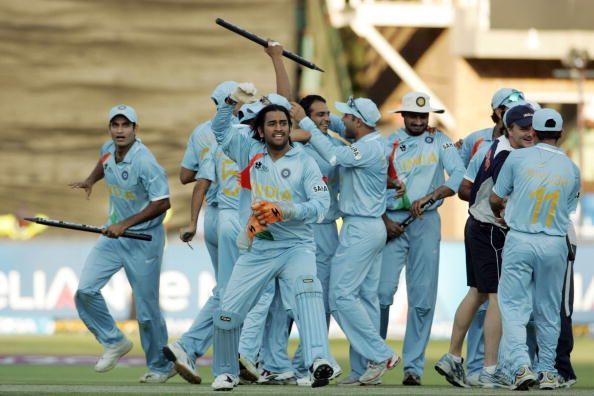
The 2007 World Cup debacle led to some drastic changes with one of them being Rahul Dravid resigning from captaincy after a successful England tour. This was followed by a T-20 World Cup which was taken not too seriously in those days. Since the seniors in the India team decided to bench themselves, a very unlikely captain in Mahendra Singh Dhoni was given the responsibility to lead a group of hungry, confident and a largely untested unit.
What panned out in the tournament against England and South Africa was some serious cricket leaving every Indian fan in awe. The semi-final against Australia and the final against Pakistan proved that they could hold their nerves in critical moments. Team India transformed into a group that played aggressively and had the calm nerves of their captain.
Dhoni’s attention to detail is something that deserves praise. He gave emphasis to ground fielding. He believed in better fitness practices which helped the batsmen to run well between the wickets and his belief in the word “process” paved the way to some refreshing changes. It all probably stared with the triumph over Australia in the CB Series of 2007-08 and India was the most consistent team both home and away during this period which culminated with the cricket’s biggest prize, the ICC World Cup.
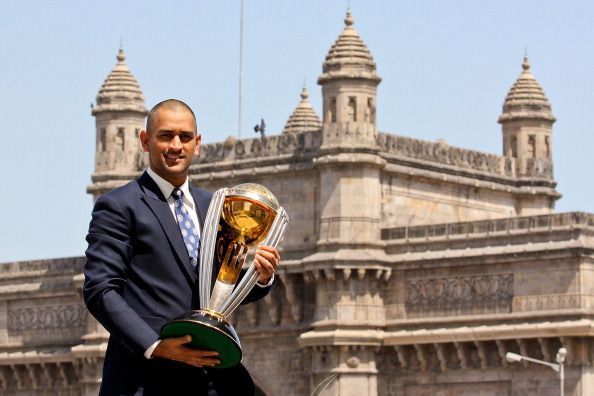
When Dhoni realised the he had to phase out seniors after the hammering that was handed out by England and Australia in 2011-12, he started building a new team keeping the future overseas tours and the 2015 World Cup in mind. The likes of Kohli, Dhawan, Ashwin, Rohit and Jadeja made large strides and cemented their spots in the Indian team. The successful campaign in the 2013 Champions Trophy only gave much traction to this belief.
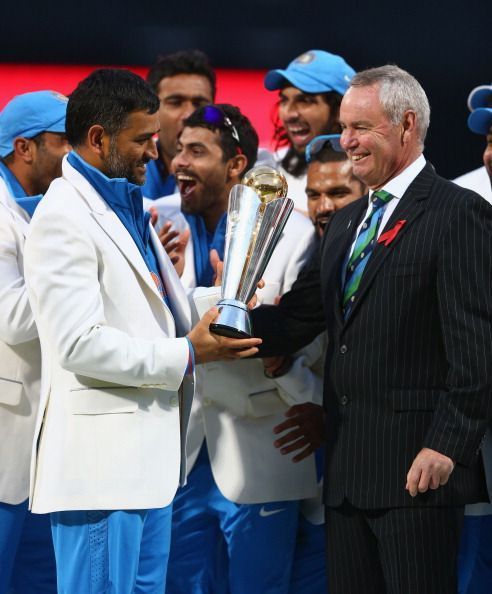
One of the major criticisms Dhoni had to endure was the connoisseurs of the game never rated him as a Test batsman which would reflect on overseas tours. Even though he was a finisher par excellence in the limited overs formats, his exploits in the game’s longest format left a lot to be desired. His over-dependence on raging turners to bull doze oppositions was something detrimental to the team’s development.
But no one could demean his feats in limited overs formats and his contributions in changing the mindset of the players. The Dhoni era consolidated the foundation that was laid during Ganguly’s regime which took Indian cricket to much greater heights.
The Virat Era – Destruction
When India won the U-19 World Cup in 2008, we saw an effervescent captain leading a bunch of boys who only believed in winning as if their life depended on it. Virat Kohli was a by-product of the new age India which believed in playing hard, being aggressive both mentally and verbally and not accepting to buckle down even in the toughest of scenarios.

Slowly but surely, he made giant strides in domestic cricket and established himself as a regular in the Indian team that went on to win the World Cup in 2011, but still he was still considered to be a work-in-progress. The biggest transformation was the 2012 tour of Australia, where he emerged as the best batsman in the Indian team and the lone Test centurion albeit in a losing cause. This was followed by a demolition job of 133 in Hobart against Sri Lanka that truly made him a superstar.
As he admits, his life changing moment in cricket came when he diverted his attention towards fitness. He worked hard towards getting more stronger and identified the chinks in his game which hindered him to become a world class batsman. His hunger towards chasing targets and passion towards winning made India a ruthless unit in the limited overs format.
After the debacle in the 2014 tour of England where he scored 134 runs in 10 innings, he had the mental fortitude to turn it around in Australia with 692 runs and 4 centuries in as many matches.
His first assignment as an Indian Test captain against Australia was a testament of things to come. He went after an insurmountable of 364 in Adelaide and almost pulled it off. He attained batting nirvana with his knock of 141 and won over many fans in Australia for his valiant batting. When India lost the series to Australia in 2014-15, he spoke in Sydney about how India needs to have a pool of fast bowlers who can run in and bowl 140 clicks consistently in all conditions without breaking down. He identified fitness to be the major hindrance towards achieving this goal.
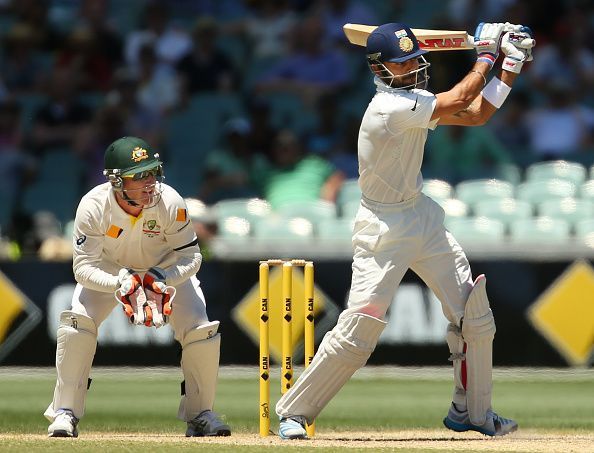
When India started its home season in 2016-17, it was the fast bowlers who became a revelation. Spinners led by Ashwin and Jadeja did what they were known for, but the fast bowlers shouldered the responsibility of giving breakthroughs on a regular basis. Virat was the first Indian captain who believed in the philosophy of fielding 5 bowlers to pick up 20 wickets on a consistent basis. This rejuvenated the hopes of a billion fans that India now had a real chance to dominate in overseas conditions.
The start to the South African tour was brilliant this year with Bhuvneshwar Kumar running riot in the first half an hour only to be derailed by AB de Villiers and company. Indian team under Kohli has showed a lot of promise in the England tour even though the score line suggested otherwise. Kohli the batsman was a phenomenon, regularly breaking records for fun and staking a claim to be the only batsman to score 100+ international centuries in the modern era.
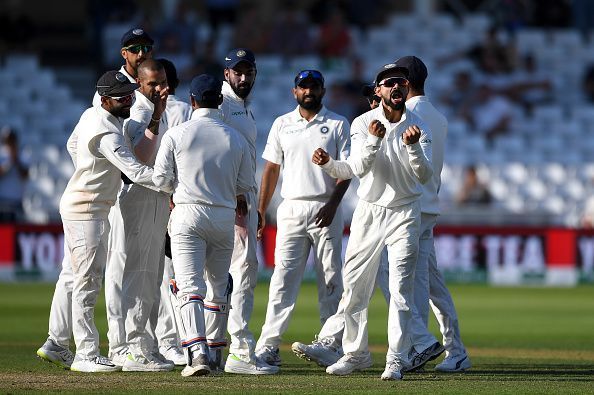
Virat – The Destroyer may go down statistically as the best captain India ever had and one of the best in the world, if he adds a couple of ICC World Cups and a few overseas Test series wins to his already glorious trophy cabinet. But an astute Indian cricket fan will always have a special place for Ganguly – who was the Creator and Dhoni – who was the Administrator with his different avatars of finisher, a skillful wicket keeper and a leader par excellence.